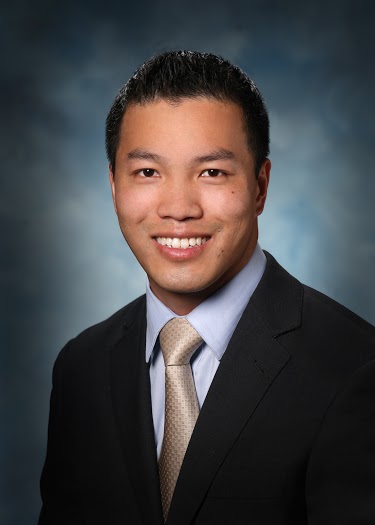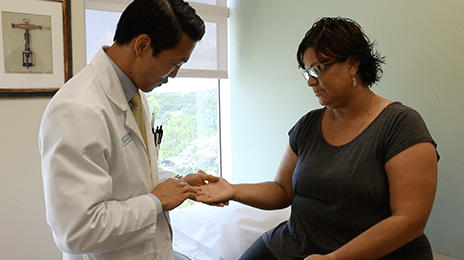Thanks to advances in modern surgical techniques, wide-awake local anesthesia hand surgery is possible for several of the most common procedures performed by orthopaedic hand surgeons. Simply put, this type of surgery allows patients to be awake for the entirety of the procedure and avoid the negatives of general anesthesia while still receiving the relief they desire from surgery.
“Wide awake surgery has a proven track record,” says Check C. Kam, MD, FAAOS, a board-certified orthopaedic surgeon specializing in hand surgery with South Florida Orthopaedics & Sports Medicine. “It is something I prefer and perform a lot of them.”Wide-awake local anesthesia surgery can be performed for a number of conditions in the hand, including:
- Carpal tunnel
- Trigger finger
- Ganglions
- Fractures
What Are the Benefits of Wide-awake Local Anesthesia Hand Surgery?

For patients, there are several key benefits to wide-awake local anesthesia hand surgery versus the traditional general anesthesia method.
“Wide-awake surgery has the benefits of not requiring any sedation or general anesthesia,” Dr. Kam explains. “Therefore, the patient doesn’t have to fast and they can continue taking all their medications as normal without interruption.”
This can be especially beneficial for patients with comorbid conditions who rely on a diet and medication schedule to stay healthy, such as diabetics.
Since they are not “going under” with general anesthesia, patients are able to drive themselves to and from the procedure. For older patients, fully recovering from general anesthesia can be a long and difficult process. With the local anesthesia technique, they can avoid the residual “fogginess” associated with general anesthesia recovery.“Wide-awake surgery is actually the preferred way to go for a lot of my older patients that may have difficulty getting to the surgery center,” Dr. Kam says. “It’s just more convenient.”
Local anesthesia allows patients to stay focused and alert during their procedure, which can also be beneficial for the surgeon because they can ask the patient to move their hand and ensure the surgery is working as intended. Depending on the procedure and the desired outcome, being a wide-awake patient can lead to improved success.Prior to beginning the procedure, the surgeon injects the surgical site with local anesthetic. This will numb the surgical site and reduce bleeding. When the procedure is over and after the surgeon has cleared them, patients are able to drive themselves home and begin the recovery process.
“Because patients don’t need sedation or local anesthesia, no additional lab work or additional preoperative clearances are needed, which can save the patient money as well as time,” Dr. Kam explains.
“Anesthesia, in general, has a low complication rate,” he continues. “But in my opinion, the least amount of anesthesia needed to get the job done safely is the correct amount.”
